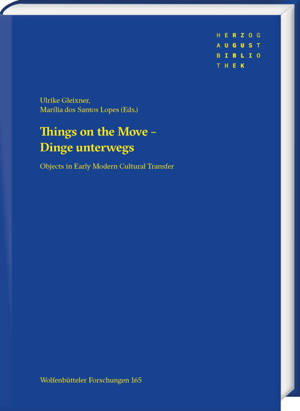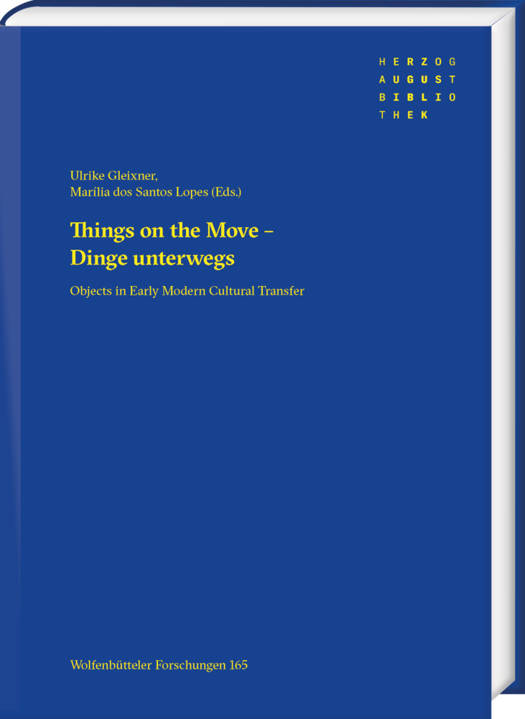
- Afhalen na 1 uur in een winkel met voorraad
- Gratis thuislevering in België vanaf € 30
- Ruim aanbod met 7 miljoen producten
- Afhalen na 1 uur in een winkel met voorraad
- Gratis thuislevering in België vanaf € 30
- Ruim aanbod met 7 miljoen producten
Zoeken
Things on the Move - Dinge Unterwegs
Objects in Early Modern Cultural Transfer
€ 145,95
+ 291 punten
Omschrijving
In the last few years various disciplines have made early modern objects from different geographic areas the subject of their research, which has initiated a renaissance of materiality research. The social, cultural as well as the knowledge dimension of things have gained greater attention. Following the trajectories of certain objects, their ability to create connections and the transfer of the knowledge initiated by them has widened our understanding of the productivity of things. In a transcultural move, objects have the power to create new perceptions, practices and concepts that affect the cultural self-understanding of a society. This volume wants to contribute to the history of material culture in a transcultural perspective. In tracing the physical and cultural trajectories of objects it will add to the greater project of a global history. In various ways, the contributions pursue five perspectives: first, travelling objects in transcultural interaction between Europe and Asia, Africa or the Americas; second, the cultural transformation of objects themselves during their travel; third, objects created in transcultural collaboration; fourth, knowledge-making based on widely travelled objects, and fifth, the perspective of material geography. The contributions deal with commodities of daily use, luxury articles, religious objects and written documents.
Specificaties
Betrokkenen
- Uitgeverij:
Inhoud
- Aantal bladzijden:
- 232
- Taal:
- Engels
- Reeks:
- Reeksnummer:
- nr. 165
Eigenschappen
- Productcode (EAN):
- 9783447114707
- Verschijningsdatum:
- 28/04/2021
- Uitvoering:
- Hardcover
- Formaat:
- Genaaid
- Afmetingen:
- 172 mm x 20 mm
- Gewicht:
- 503 g

Alleen bij Standaard Boekhandel
+ 291 punten op je klantenkaart van Standaard Boekhandel
Beoordelingen
We publiceren alleen reviews die voldoen aan de voorwaarden voor reviews. Bekijk onze voorwaarden voor reviews.







